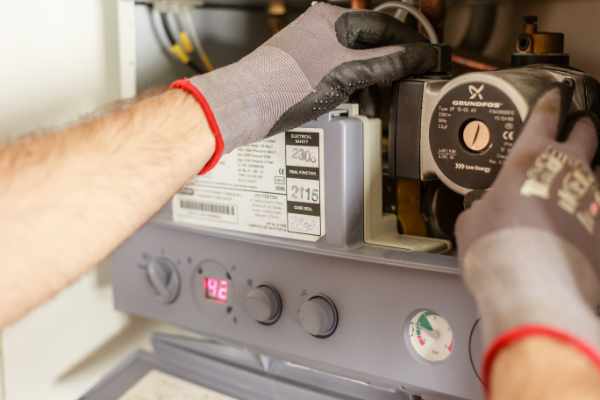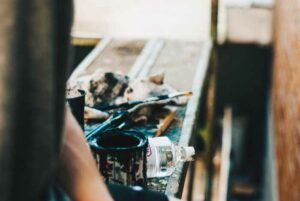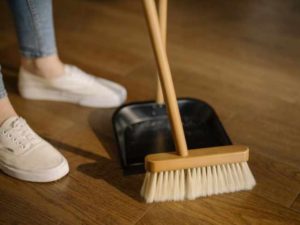So how do you identify plumbing leaks? Leaks are bad news. The simple truth is that a leak can go undetected for a long period. It’s because most of the pipework in a house is hidden inside the walls. Copper pipes, which are the most commonly used pipes, will last for approximately 50 years. Today most builders/plumbers use pex pipes. But nothing is perfect.

How to Identify Plumbing Leaks
However, that doesn’t mean they won’t corrode or that a joint won’t start leaking. The first sign that you have an issue will be damp stains on your floor, wall, or ceiling. It depends on where the leak is. As the leak can go for a long period without being detected, the water can soak into wooden structures, such as floors and wall supports. It will cause wet rot which can then give you an expensive repair bill.
Of course, you will also be paying more water rates than you should. A leak can make a sizeable difference to your bill.
Leak Detection
If you thought reading an article about how to identify plumbing leaks was silly. In a way, you’re right! Identifying your leak is often quite easy. But not always.
Sometimes you just see the water pouring out where it doesn’t belong. But what if you just have a suspicion that you have a leak? Here’s what you do. Take a water meter reading. Then, don’t use any water for two hours and take another reading. If the reading has changed you’re losing water somewhere. The trick will be tracing the leak.
Locating the leak can be tricky. Usually, a professional is needed. If you live in this area, you can contact the best plumbers In Sutherland Shire and get their assistance. In other locations, contact your trusted friends, family, or even your Realtor. Successful agents will always have recommended professionals to share with you. Then, they will be able to trace the source of the leak and then fix the issue permanently.
Checking Your Bill
Most people now opt to pay a monthly amount so that when they get their bill there isn’t a nasty shock.
However, this does mean that people don’t check their bills as thoroughly or as often as they should. By keeping an eye on your bill and specifically your water usage, you’ll instantly spot when you’re using more water than normal. If there isn’t an obvious reason for this then you may have a leak and you’re going to need to investigate further.
Adding a Leak Detection Monitor
This isn’t obligatory but it is a good idea. You can chat with your plumber while they are tracing the current leak. A leak detection monitor fits into your existing plumbing system, usually next to the main supply valve inside your home.
It then monitors the behavior of the water, specifically pressure and flow rate. Most monitors will also listen to the sounds within the pipe. You may not realize it but water sounds different when there is a leak. You won’t hear the sound but your water monitor will.
If it notices anything outside normal parameters it will instantly close within itself. This shuts off all the water to the house, preventing you from a costly leak and associated damage. It’s even a good way of preventing a flood from happening. This is one of the safest options and can even reduce your home insurance premium.
The monitor is easy to fit and set up but it is advisable to get the professionals to do it. You don’t want a leak from the leak detection monitor!



